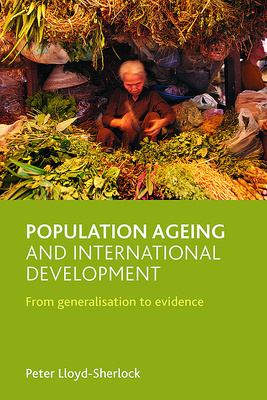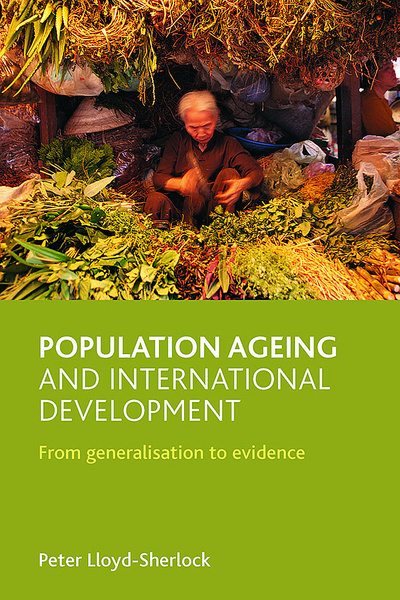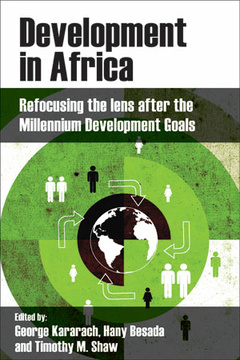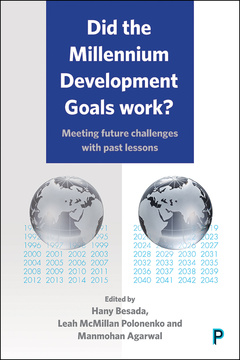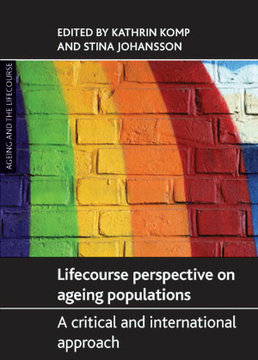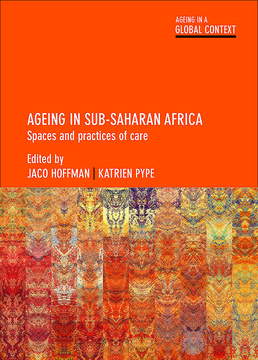Population ageing and international development
From generalisation to evidence
By Peter Lloyd-Sherlock
Published
Jan 20, 2010Page count
304 pagesISBN
978-1847421920Dimensions
234 x 156 mmImprint
Policy PressPublished
Jan 20, 2010Page count
304 pagesISBN
978-1847421937Dimensions
234 x 156 mmImprint
Policy PressPublished
Jan 20, 2010Page count
304 pagesISBN
978-1447315285Imprint
Policy PressPublished
Jan 20, 2010Page count
304 pagesISBN
978-1447315292Imprint
Policy PressOver the next 40 years the number of people aged 60+ in the world, many of whom live in developing regions, will grow by 1¼ billion. What will old age be like for them?
This original book provides an analysis of links between development, population ageing and older people, challenging some widely held misconceptions. It highlights the complexity of international experiences and argues that the effects of population ageing on development are influenced by policy choices.
The book will be of interest to a range of academic disciplines, including economics, gerontology, social policy and development studies as well as policy-makers and practitioners concerned with developing countries.
"...this important book should be required reading for policy-makers whose decisions will influence ageing and development in the coming years." Ageing & Development
"The 21st century is when the developing countries begin to match the 20th-century ageing achieved by the developed world. This timely book, by a leading authority in the field, is essential reading for everyone interested in ageing and development." Professor Alan Walker, Department of Sociological Studies, University of Sheffield
Peter Lloyd-Sherlock is Professor of Social Policy and International Development in the School of International Development, University of East Anglia, UK. He has extensive experience of studying population ageing and the situation of older people in Asia, Africa and Latin America.
Introduction; International development and demographic ageing; Experiencing later life in a context of development; Income security in later life: work, social protection and pensions; Health trends and policy options; Older people in society: families, social networks and the care economy; Case study: South Africa; Case study: Argentina; Case study: India; Conclusion.







